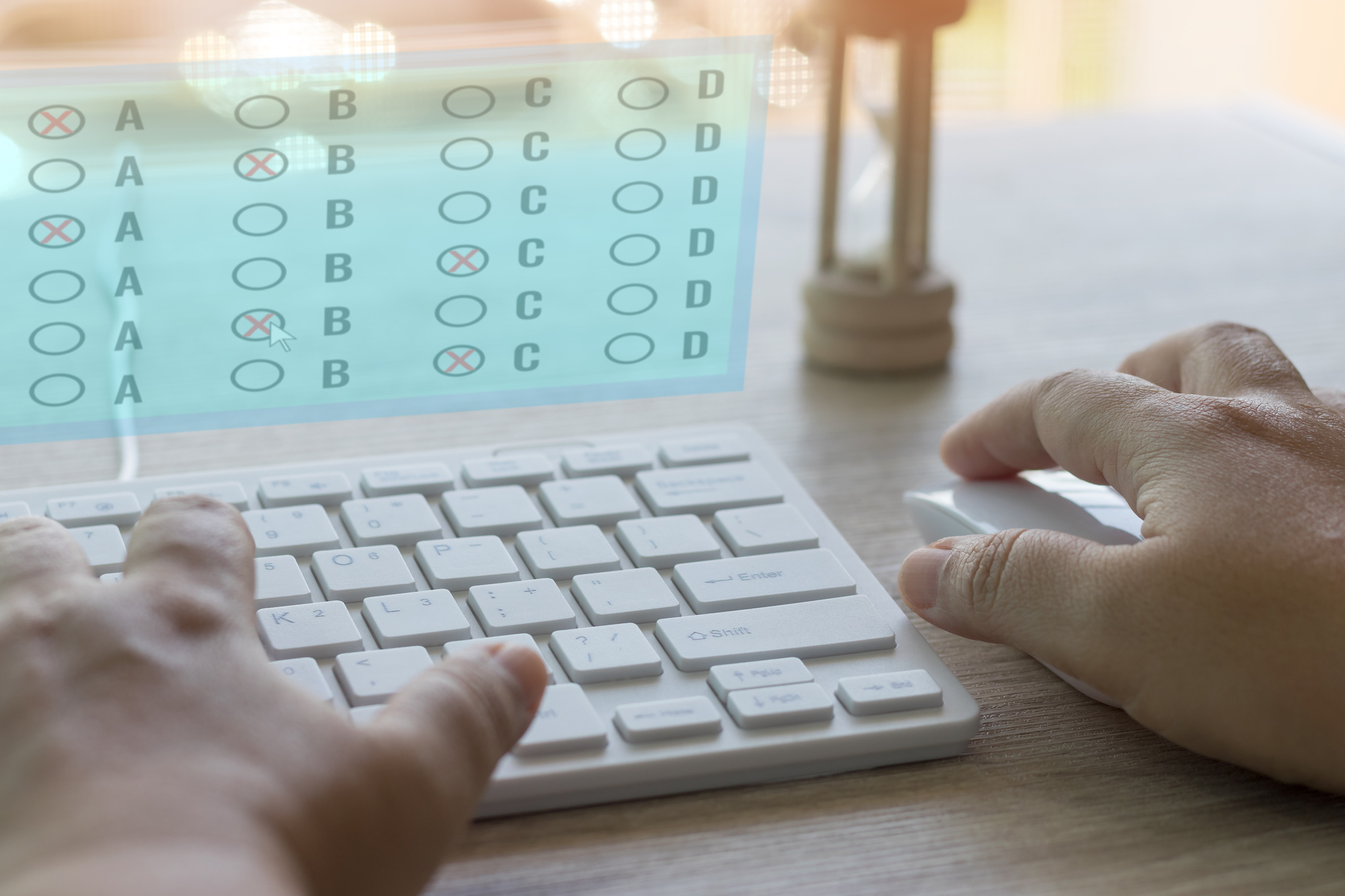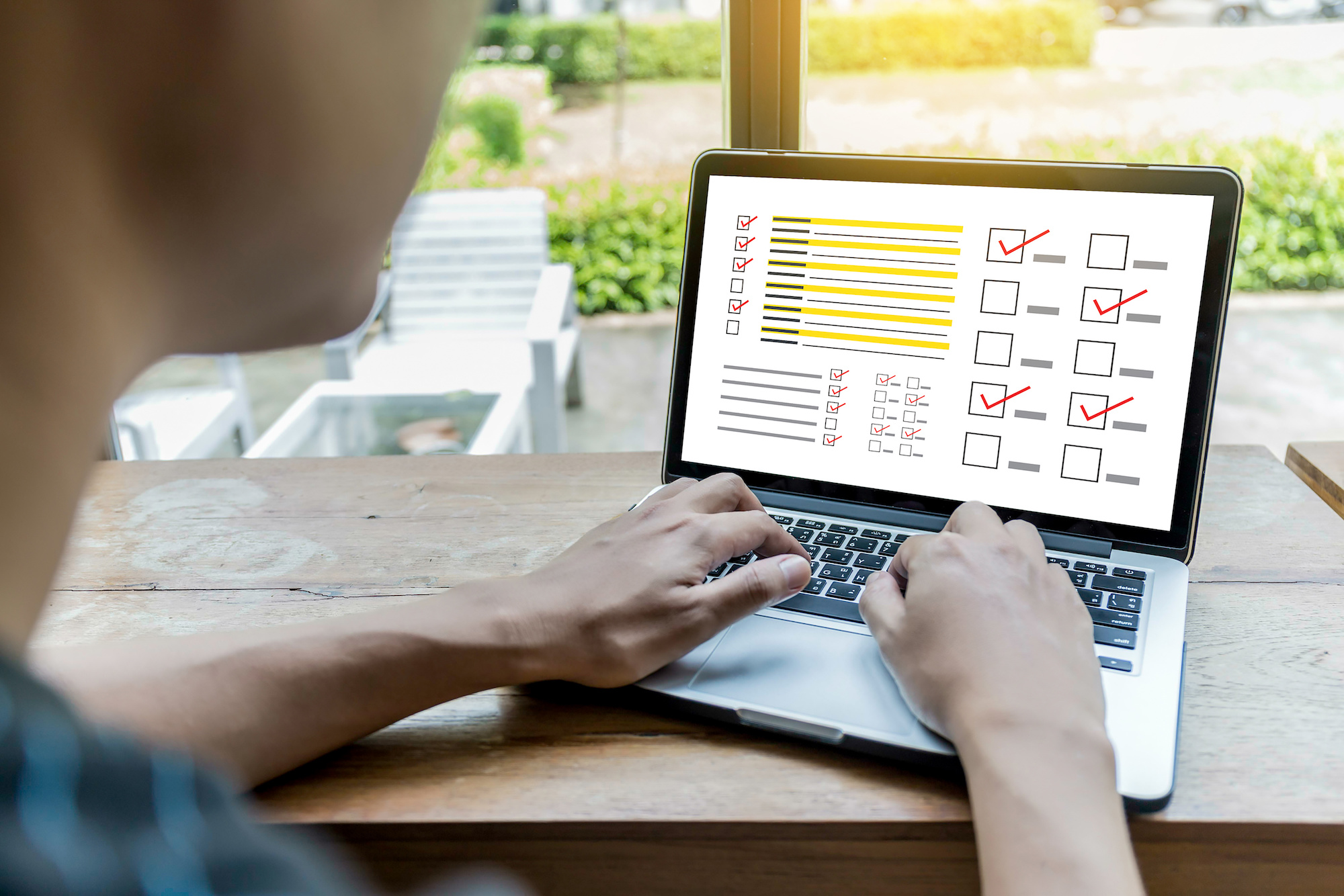Updated article originally posted July 18, 2017
While classic assessments are an important part of higher education, their specific timing—typically at the middle and end of courses—may represent an oversight. The traditional timing of exams makes it difficult to judge learning at various junctures during the term; these junctures provide opportunities to assess and address students’ understandings of the concepts being taught. Correction of this oversight is at the core of the micro-assessment model (sometimes referred to as classroom assessment techniques), which attempts to test students in small but targeted ways to understand learning comprehension throughout the term.
The Basics of Mico-assessments
In essence, micro-assessments are small tests designed to quickly judge student comprehension. The most effective micro-assessments are two-way: they yield responses which both influence instructor pedagogy and provide formative student feedback. There are myriad questions micro-assessments may probe in-class, including the understanding of core concepts and principles, application of theory to practice, and comfort with activities and assignments. Responses to these assessments can illuminate difficulties that may have gone unnoticed and allow instructors to nimbly address them by spending more class time on a subject, providing additional resources, or making changes to instructional style.
Of course, there are many different types of micro-assessments. The following are the most popular:
- Minute Paper – After a lecture or activity, pose a question such as “what is the most important thing you learned from class today?” Give students 1–2 minutes to write down their responses, and then collect them. The responses provide useful insights into whether students are understanding what you determine to be the most important concepts.
- Muddiest Point – Ask students to identify what they find most confusing or difficult to understand. If the majority of a class shares a difficulty with a specific subject, more class time may be spent on it. Individual difficulties may be addressed one-on-one.
- Application Cards – Ask students to come up with real-world applications of a theory they are studying in class. This may be done in groups, through class discussion, or through Minute Papers.
- Classroom Polls – Allow students to provide anonymous feedback on course-related matters. At specific times throughout the semester, write a few questions relating to course delivery on a blackboard and leave the room for five minutes while students write feedback and suggestions. When you return, address each question and comment with the class.
These are only a few examples that allow for more personalized learning and two-way communication between instructors and students. Consider implementing or developing your own micro-assessments to ensure everyone—students and instructors—are on the same page during class.
Micro-assessments in Remote Learning
Micro-assessments may seem like a spur-of-the-moment in-person activity, but all of the models translate well to the digital learning environment (both synchronous and asynchronous courses). Learning management systems (LMSs) allow for time-sensitive tests, and can be made available at specific times. There is the option of making these assessments group based, which stimulates class discussion. Other polling sites also allow interactivity with live visualizations of results.
Mico-assessments: Finding the Right Space
Innovative pedagogical practices are often difficult to think about in an applied sense. But to start with micro-assessments, it might be useful to think of what type of class would suit this approach best. While this approach would be beneficial in all classes, due to the more personal learning aspect, micro-assessments would not be as effective for large, first-year classes.
Instead, upper-year undergraduate classes might be the prime ground for pedagogical experiments. The relatively smaller class sizes and advanced knowledge of students allows for more meaningful debate, fostering of knowledge, and attention to personal learning that is difficult to replicate in larger environments.
Micro-assessments offer an intriguing option for instructors who aim to better understand student learning throughout the term. Moreover, they allow for greater participation, and can work in both in-person and remote learning contexts. By not apportioning one specific time of year for assessment, instructors can quickly discover what content is misunderstood. Beyond informing teaching practice, consistent assessment also helps students understand their own learning. In the right context, micro-assessments may be the next improvement for your classroom.
Interested in more perspectives on assessment design and innovative teaching? See more here:

Exploring Students’ Progress with Authentic Assessments

Multiple Choice vs. Written Assessments

What Makes a Quality Assessment?


